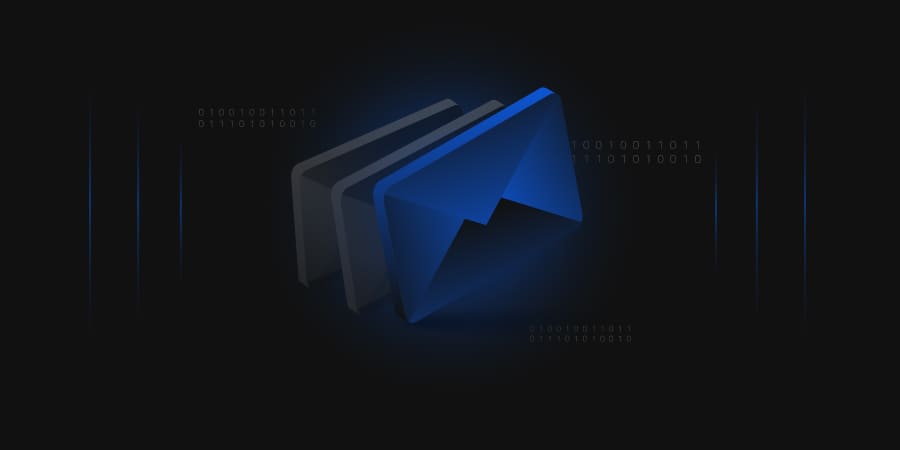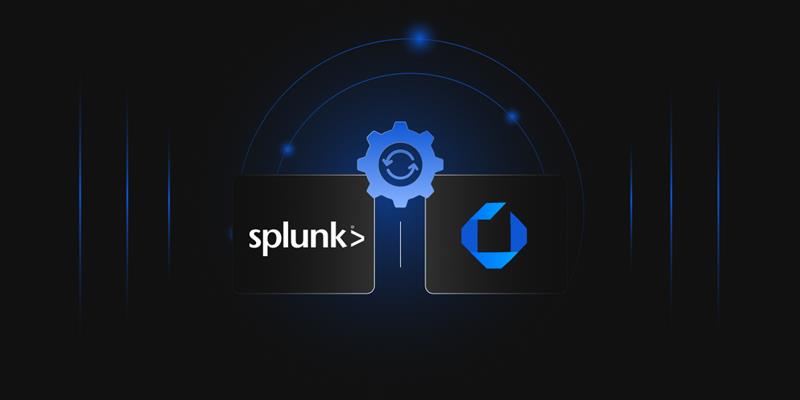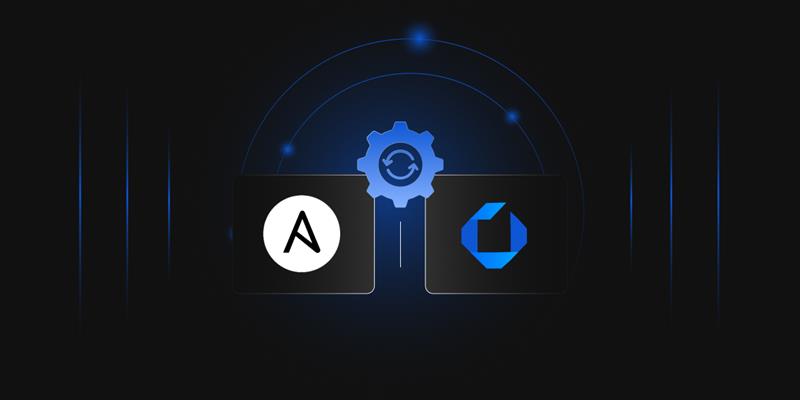Did you know that 94% of organizations fell victim to phishing attacks and phishing emails, which are some of the most common security threats businesses face worldwide?
The above statistics show that cyber attackers worldwide have spent the last few decades exploiting weaknesses in email security for fiscal gains. Tools like AI (Artificial Intelligence) are making it easier for criminals to pose as someone else.
A major player in the mitigation of email fraud is Secure/ Multipurpose Internet Mail Extensions (S/MIME), an Internet standard that encrypts and digitally signs email messages. Despite S/MIME’s obvious benefits, many organizations have yet to adopt it as a cybersecurity solution. Why is it so? We will explore the reasons below, along with strategies for getting your organization on board.
Comprehending the Risks of Unsigned and Unsecured Email
Sending unsecured emails can leave your organization or personal brand vulnerable to cyber attackers, malware, and fraud.
Unsecure email communications expose you to threat actors who seek to intercept your email. Leaving the communication unprotected puts the information it contains at risk of being leaked to outsiders or bad actors. Determined hackers can still intercept your email communication and leverage the confidential information contained within the email, such as passwords, to cause data breaches.
How S/MIME Strengthens Email Security?
S/MIME works on asymmetric encryption, which means this protocol uses a two-key system, i.e., public and private, that is mathematically related but has differences in encrypting and decrypting an email. An S/MIME certificate must be attached to the email being sent. The receiver must check the certificate’s validation for authentication.
Furthermore, S/MIME also attaches a digital signature to a particular email. The digital signature using S/MIME authenticates and validates the sender’s identity and prevents you from becoming a victim of phishing and spoofing attacks. Hence, it is imperative to sign the email digitally and use encryption. Mere email encryption will not validate the sender’s authenticity.
Three Capabilities to Look For in a S/MIME Platform
So, what do you need from a platform to ensure you can leverage S/MIME to provide email trust at scale? Here are the three capabilities you look for in a S/MIME platform:
-
Central Administration
First, you need a solution to manage, discover, and employ all S/MIME certificates from a single console, just like a TLS certificate. This solution should be CA-agnostic, which means it can see all your S/MIME certificates, regardless of whether they are issued by a public CA (Certificate Authority).
An ideal solution can also centralize recovery of these certificates in the cloud or anywhere else in a hybrid IT infrastructure that is distributed in nature.
Moreover, it needs to give the InfoSec teams managing your PKI a centralized way to support key escrow and recovery should user devices crash or be otherwise compromised so that there is no anxiety about users getting locked out of their content.
-
Rapid Deployment
A good S/MIME management solution lets you deploy S/MIME certificates rapidly in any environment and manage them across organizations. Like TLS Certificate Lifecycle Management solutions, an S/MIME management solution leverages templates with preset configurations that can be turned into profiles to automate the configuration of S/MIME certificates.
Moreover, users must hold the same private key on every device where they receive emails to decrypt communications. Automation plays a significant role in deployment because it empowers IT staff to establish S/MIME without requiring the employees to participate in the deployment procedure.
Rapid deployment means that when an employee joins your organization, S/MIME automatically works for them when they open their Microsoft Outlook.
-
Autoenrollment with Seamless Provisioning
An ideal S/MIME solution needs to automate the provisioning of S/MIME certificates. This provisioning must include support for various authentication and enrollment methods, granular control of roles, access, and users, and workflows with reporting capabilities and audit logs for quick remediation.
Auto-enrollment is also a must. Your solution needs to automate the enrollment of certificate services for Microsoft and hybrid IT environments and integrate seamlessly with MDM (mobile device management) solutions.
To achieve this, your solution must leverage PKI management solutions that integrate directly with CDS (Corporate Directory Services) to automate the certificate’s renewal, installation, and revocation.
The Best S/MIME Solution that Combines Effective CLM with Managed PKI
You might notice that an effective S/MIME management Solution looks similar to platforms responsible for managing TLS. There is a good reason behind that. S/MIME and TLS certificates are both X.509 certificates used in PKI. Since most Certificate Lifecycle Management solutions do not support S/MIME, people often consider different PKI models as separate entities.
Conclusion
The best S/MIME platform is not a stand-alone tool. It can be considered a part of a unified solution for all your certificates, and it supports these processes across private (internal) or public (external).
With a comprehensive solution like CertSecure Manager, your organization can have a comprehensive digital trust platform that removes the complexity of certificate management and reduces risk.




